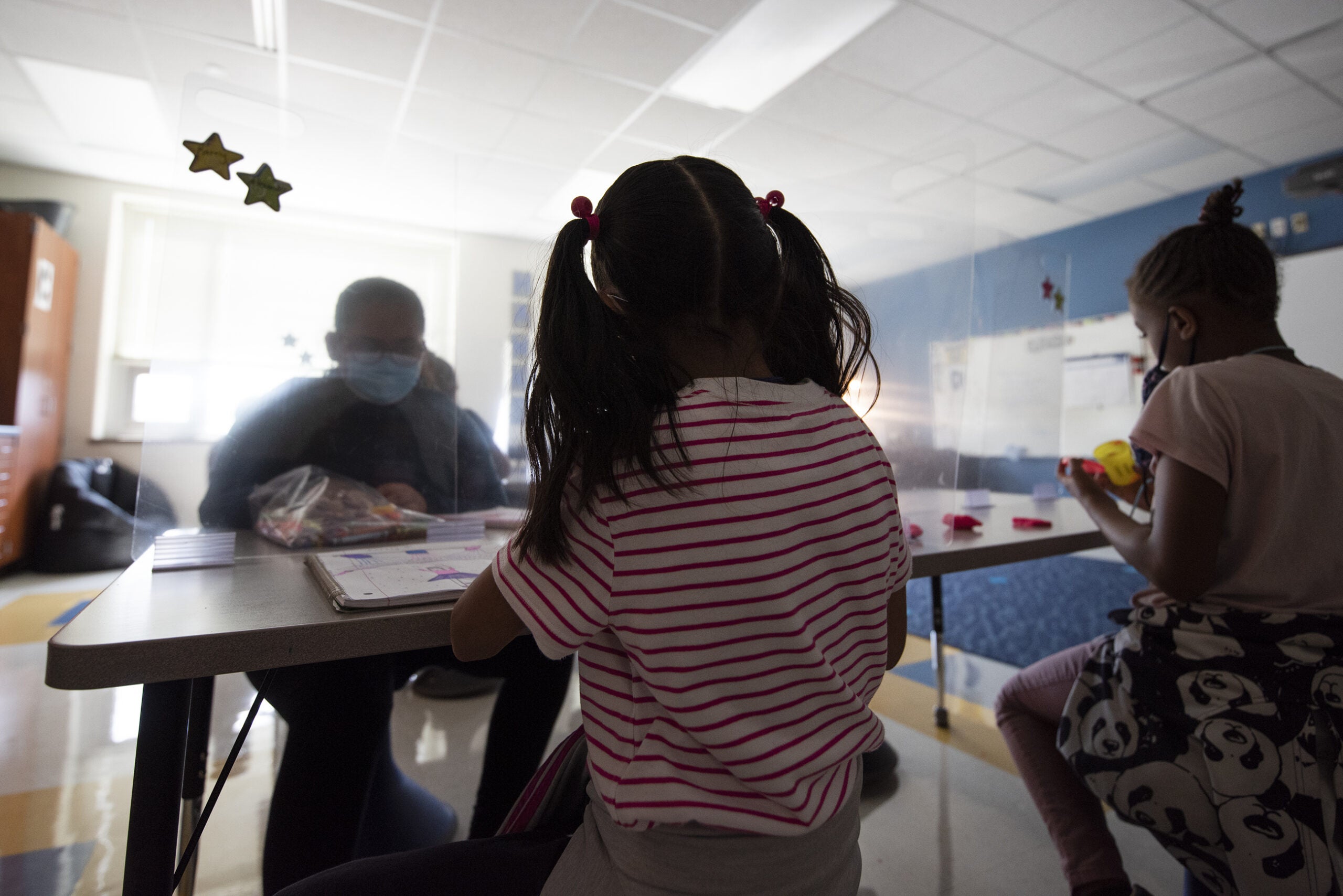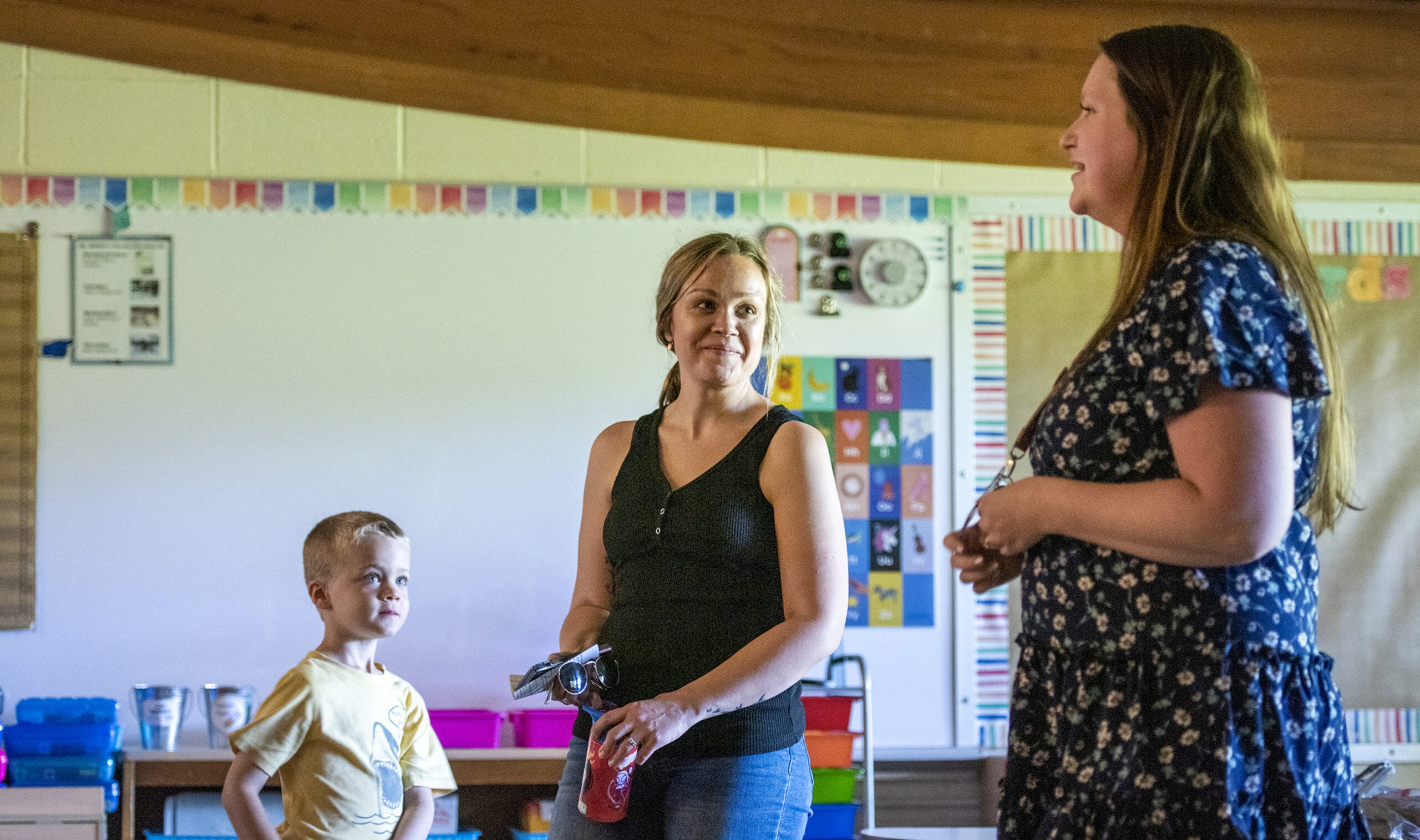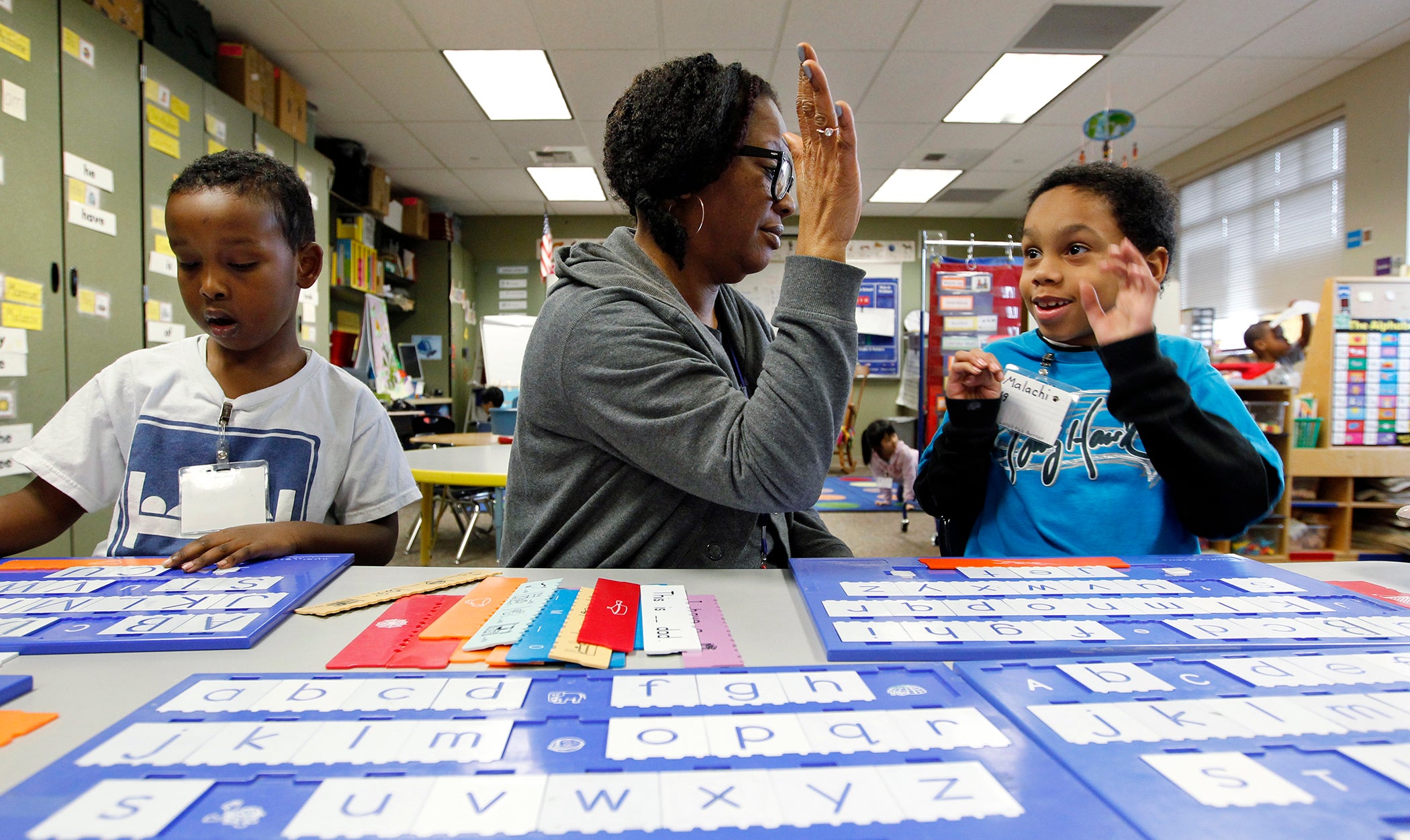Public school enrollment numbers continue to drop in Wisconsin, according to data released Friday by the state Department of Public Instruction. Meanwhile, enrollment in independent charter schools and the state’s four private school parental choice programs is increasing.
Enrollment in public school districts dropped 0.85 percent from September 2021 to September 2022. During that same time period, independent charter school enrollment increased 4.5 percent, while enrollment in private school parental choice programs increased by 6.7 percent.
The decrease is especially significant in some of the state’s largest school districts, including a 3 percent decrease in the Milwaukee Public School District and a 2 percent decrease in enrollment in the Racine Unified School District.
Stay informed on the latest news
Sign up for WPR’s email newsletter.
“The trend has been in recent history that we have larger graduating classes than entering into early grades, and it’s a trend that continues and that fluctuates a little bit, but the trend has been a decrease in public school enrollment,” said Robert Soldner, the assistant director for DPI’s School Financial Services.
The drop this year isn’t as big as the 3 percent drop seen in 2020 because of the COVID-19 pandemic, but it is higher than last year’s 0.5 percent decrease.
Mark Elworthy, the director of DPI’s School Financial Services, said the downward trend in enrollment started before the pandemic and is comparable to this year.
The department performed the headcount on Sept. 16, 2022. At that time, there was a total public school enrollment of 807,657 students across the state.
This year, 4K and preschool special education declined 0.74 percent, while kindergarten enrollment declined 1.87 percent. Enrollment for grades 1 through 12 declined 0.78 percent.
Independent charter schools reported an enrollment of 11,150, while the state’s four private school parental choice programs reported a headcount of 52,189.
School enrollment in Wisconsin, and in other parts of the country, has been on the decline since the late 1990s, when the children of baby boomers — who themselves drove record enrollment numbers — were in their peak schooling years.
The Department of Public Instruction also released state aid numbers Friday. School revenue limits are determined by the number of students they have in a given year, according to DPI.
“General school aids are the largest form of state support for PK-12 schools in Wisconsin and are based on prior year data,” a press release said.
Of the state’s 421 school districts, 295 will receive more aid than last year while 121 will receive less.
Wisconsin Public Radio, © Copyright 2025, Board of Regents of the University of Wisconsin System and Wisconsin Educational Communications Board.





